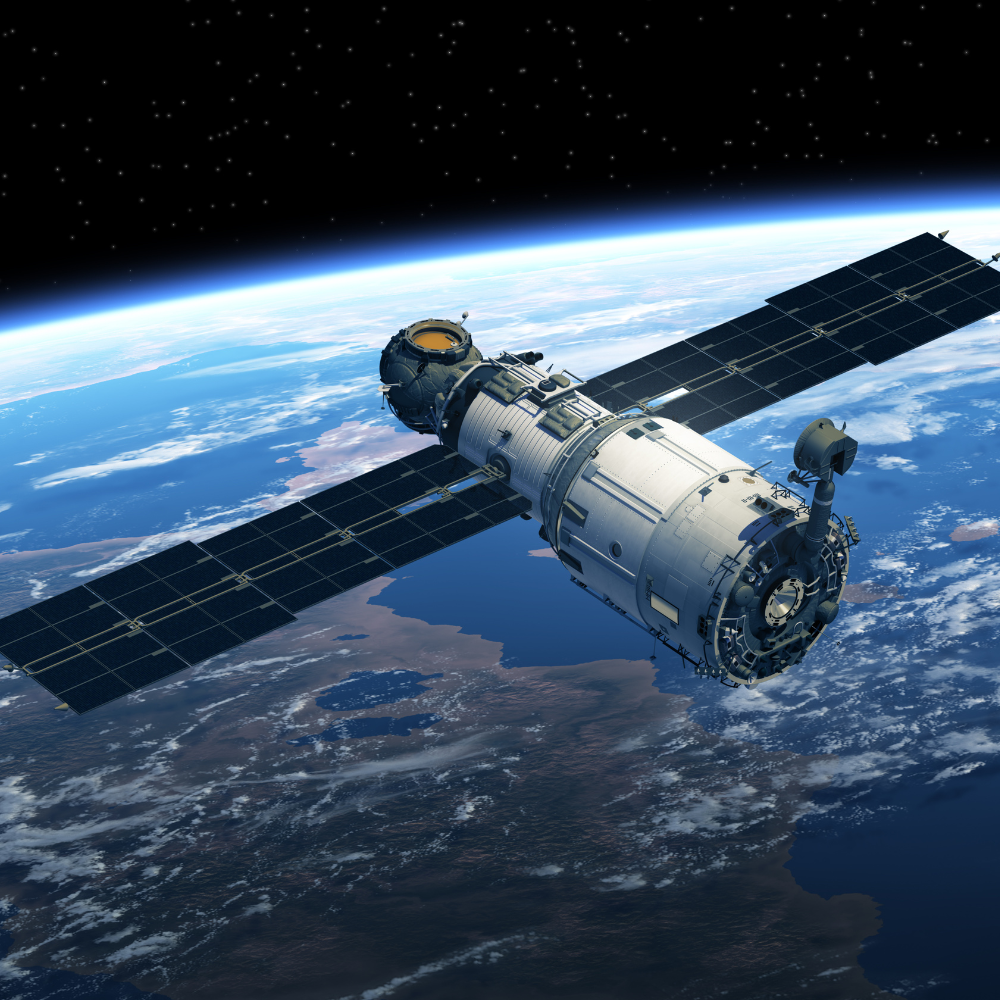Meteorologists report that a naturally occurring climate pattern that disrupted weather systems worldwide has ended. La Nina contributed to Australia's record-setting rainfall, active hurricane seasons, and drought in East Africa.
After three years, the Pacific Ocean has ceased to cool. Now, forecasters are observing whether El Nino will develop later this year. La Nina is the phase of the El Nino Southern Oscillation (ENSO) characterized by cooler-than-average waters in the Pacific Ocean, as opposed to the warmer El Nio phase.
Every two to five years, ENSO would transition from La Nina to El Nino, but in 2022, the Pacific waters cooled for a third consecutive year, resulting in a rare "triple-dip" La Nina. In 2022, the effects of La Nia were most severe in eastern Australia, where extreme flooding and record rainfall occurred.
In Sydney, the annual rainfall record was broken in October, and by the end of the year, 2577mm of rain had fallen, surpassing the 1950 record of 2244mm. La Nina also contributed to the record-breaking Atlantic hurricane season of 2020 and the third most active season of 2021.
In February and early March, the sea surface temperature in the eastern Pacific Ocean rose, and now the Bureau of Meteorology (BOM) of Australia and the National Oceanographic and Atmospheric Administration (NOAA) of the United States have declared ENSO to be "neutral," i.e. neither La Nina nor El Nino. Forecasters anticipate neutral conditions throughout the spring and early summer of 2023 in the northern hemisphere.
Beyond that, there are predictions that a warming in the Pacific will lead to the development of El Nino by late summer, so the BOM has issued a "El Nino watch" that indicates a 50% chance of El Nino developing.
Spring El Nino Southern Oscillation forecasts are more uncertain than at other times of the year, but they still provide a good indication of what to expect later this year and through 2024.
El Nino has the greatest impact on the global average temperature, which can increase by an additional 0.2 degrees Celsius if it is a strong event. As the Pacific Ocean warms, this additional heat is released into the atmosphere, similar to how a pot of boiling water emits steam and raises the room temperature. 2016 was the warmest year on record due to the impact of a powerful El Nino on global temperatures.
As El Nino is not expected to begin until later this year, its impact on the global temperature in 2023 is likely to be minimal. The Met Office predicts that temperatures will be between 1.08C and 1.32C above pre-industrial levels after the La Nina phase ends. El Nino's other effects include drier and hotter conditions in Australia, which may increase the risk of wildfires, flooding in the eastern regions of South America, such as Peru and Ecuador, and drought in the Amazon region.
El Nino is one of the factors that may reduce Atlantic tropical cyclone development. Hence, leading to lesser hurricanes. As for El Nino's influence on the weather in the United Kingdom, this is more uncertain, but ongoing research indicates that this could be a factor in colder winter weather.




